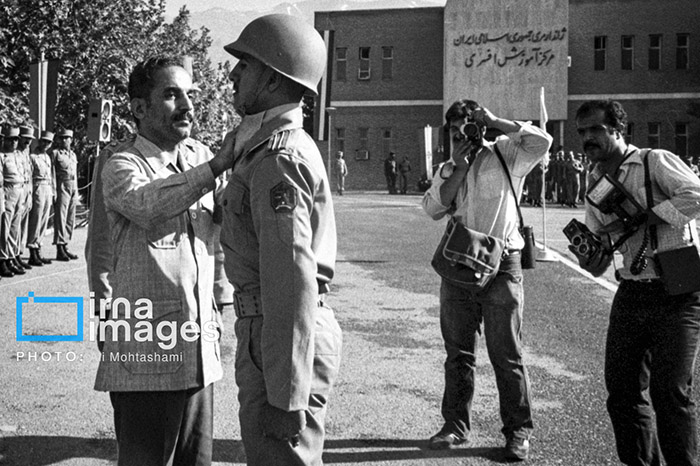The Assassination and the Shahrivar 8th Tragedy
The most defining moment of the second government was its tragic and abrupt end on August 30, 1981 (8th of Shahrivar 1360). On this day, a devastating explosion rocked the Prime Minister’s office during a high-level meeting of government officials. The blast killed President Mohammad Ali Rajaei, Prime Minister Mohammad Javad Bahonar, and several other key figures within the government and military. This event, known as the Shahrivar 8th Tragedy, was a significant blow to the Islamic Republic, not only because of the loss of its leaders but also because it highlighted the severe internal and external threats facing the nascent government.
The explosion was carried out by agents of the People’s Mojahedin Organization of Iran (MEK), a group that had increasingly resorted to violence in its opposition to the Islamic Republic. The MEK, which had initially supported the revolution, had turned against the government due to ideological differences and its opposition to the increasing influence of the clerics. The assassination of Rajaei and Bahonar was part of a broader campaign by the MEK to destabilize the government and incite further conflict within the country.
The loss of both the president and the prime minister in a single attack was unprecedented and threw the government into a state of crisis. However, the response from the remaining leadership was swift and decisive. The Islamic Republic’s leadership, particularly Ayatollah Khomeini, used the tragedy to galvanize public support against the MEK and other opposition groups, portraying the assassination as an attack on the revolution itself.

